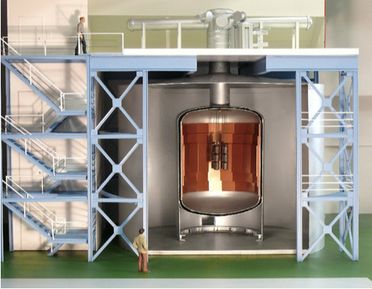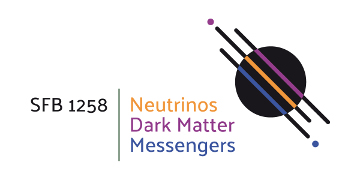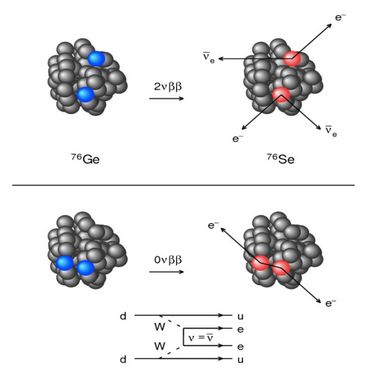N01 - Neutrino mass and nature: neutrinoless double beta decay - towards LEGEND-1000
The neutrinoless double beta decay is a very old conjecture, but so far, the process has not been observed.
The two-neutrino double beta decay (2νββ) was first considered by Maria Göppert Mayer:
(A, Z) → (A, Z + 2) + e- + e- + -ve + -ve
Two years after Göppert Mayer, in 1937, Ettore Majorana proposed a new theory of neutrinos, with neutrinos being their own antiparticles. The only feasible way that physicists have come up to prove this far-reaching conjecture is the neutrinoless double beta decay (0νββ):
(A, Z) → (A, Z + 2) + 2 e-
Whereas the simultaneous emission of two electrons and two anti-neutrinos in the (2νββ) process conserves lepton number and is allowed within the Standard Model of particle physics, (0νββ) is forbidden because it violates lepton number by two units. An observation of (0νββ) would thus demonstrate lepton number violation in nature and would prove that neutrinos are Majorana and not Dirac particles. Apart from that, (0νββ) is also crucial for assessing the scale of the neutrino masses as well as the neutrino mass hierarchy by way of determining the half-live of the process with utmost sensitivity.
Several (0νββ) experiments are running deploying 76Ge, 82Se, 130Te and 136Xe, isptopes where (0νββ) is expected possible. The GERmanium Detector Array (Gerda) experiment at the Laboratori Nazionali del Gran Sasso was searching for the 0νββ decay of 76Ge. High-purity germanium detectors isotopically enriched in 76Ge were operated bare and immersed in liquid argon in order to greatly reduce the environmental background with further suppressing measures deployed. In this way the researches achieved finally to operate Gerda quasi background-free with a half life sensitivity of above 1026 years.

In the standard interpretation of (0νββ), the half-life of the decay is related to the Majorana mass of the particles. To achieve a sensitivity beyond the current level reached by Gerda and other experiments and to explore half-lives predicted by neutrino oscillation experiments, it is indispensable to further reduce the backgrounds.
During the funding period 2017 - 2021, the researchers in N01 contributed significantly to the realization of a successor for Gerda, namely the LEGEND experiment, which is intended to be implemented in two successive stages, LEGEND-200 and LEGEND-1000. Currently, the researchers are working on the development of a low-background detector assembly for the future LEGEND-1000 phase.
In N01 the final goal is to demonstrate that the targeted background levels can be reached which is a precondition to achieve discovery sensitivities beyond 1028 years, corresponding to Majorana neutrino masses below 20 meV.
Comellato, Tommaso
Majorovits, Béla
Mertens, Susanne
Schönert, Stefan
Willers, Michael



